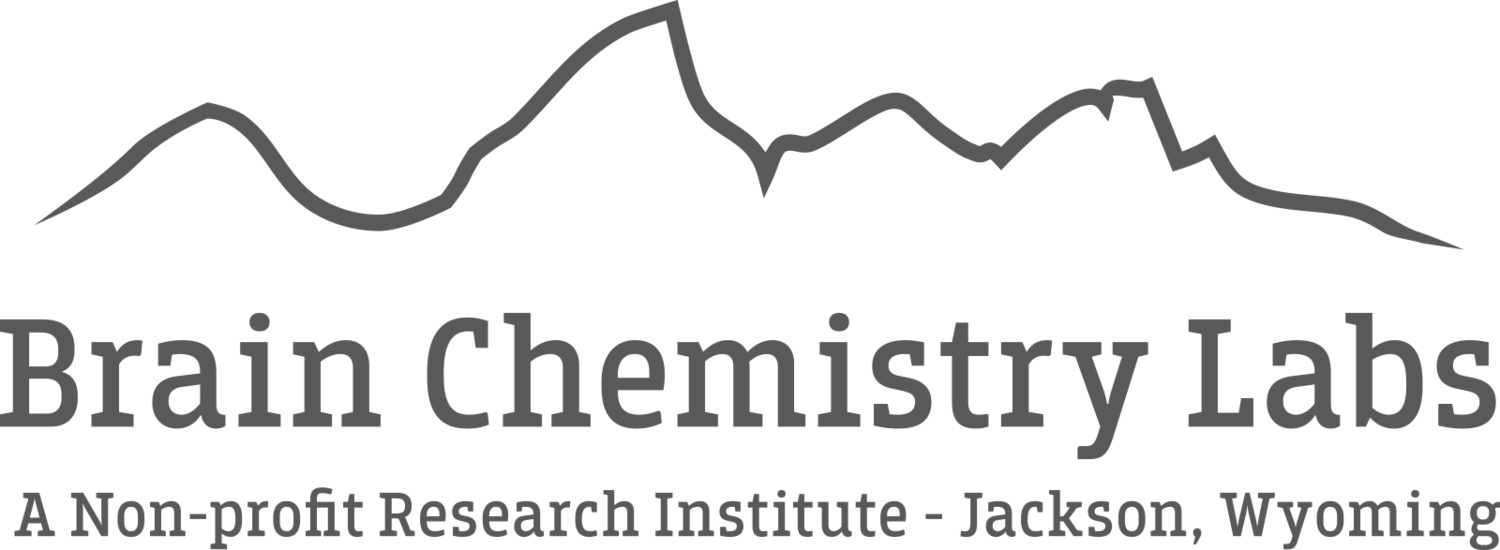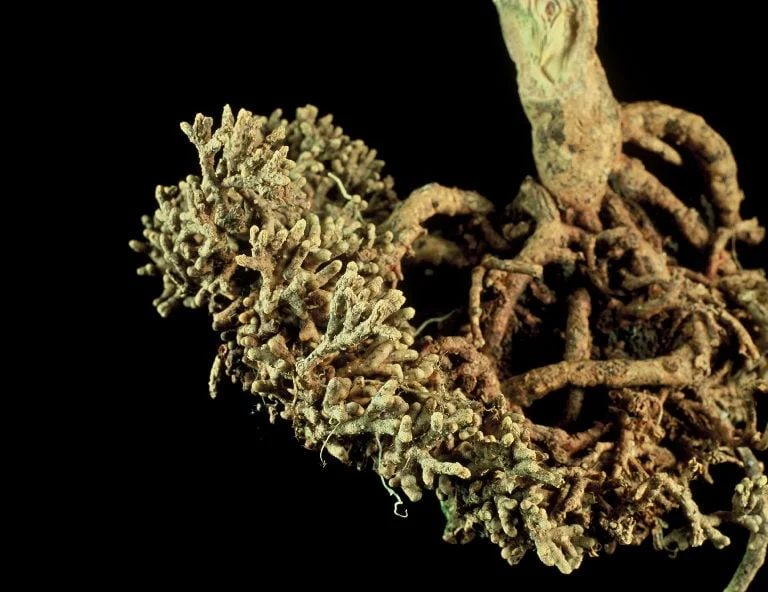What is ALS?
ALS (Amyotrophic Lateral Sclerosis) or Lou Gherig’s disease is characterized by death of motor neurons- the neurons that cause muscles to move. Lou Gherig was a famous American baseball player who bravely battled ALS. ALS is a “system neurodegeneration” causing progressive degeneration of the upper and lower motor neurons. Degeneration of upper motor neurons causes weakness, spasticity, increased reflexes, while degeneration of lower motor neurons causes muscle atrophy and weakness.
ALS affects about 1 in 500 people in USA, with an annual incidence rate similar to multiple sclerosis. It can strike in the prime of life, with the average survival time from diagnosis of 2.2 years. Some ALS patients, such as physicist Stephen Hawking, however, live for many years. There is no known cause of ALS, although about 8-10% of ALS patients have some family history of ALS. About 4% of ALS patients have a mutation called SOD-1, but the role of the mutation in causing ALS is poorly understood. Around 90% of ALS patients have no family history of the disease, and at the Brain Chemistry Labs we are particularly interested in these cases of sporadic ALS.
Since at any one time there are only about 25,000 ALS patients in the United States, ALS has not been the focus of significant research by large pharmaceutical firms. Most research is being carried out by government laboratories and universities, or small not-for-profit organizations like the Institute for Ethnomedicine. There is no known cure for ALS, but several interesting drugs are being tested by other research groups.
What are Cycads?
Cycads are plants of ancient lineage found in tropical and subtropical areas. Cycads are dioecious – meaning they have separate male and female plants – and in most genera of cycads, the males and females produce cones as their reproductive structures. In the genus Cycas, males produce large cones that disperse pollen, while the females do not produce cones- instead, individual ovules are borne on special reproductive structures called sporophylls. Cycads are protected by a variety of potent toxins, one of which, BMAA, is produced by symbiotic cyanobacteria in specialized roots.
The indigenous Guam cycad, Cycas micronesica, is part of the larger Cycas rumphii group that ranges from Sri Lanka to Indonesia, into the Southwest Pacific. The Chamorro people use the inner seed kernal, or gametophyte, of Cycas micronesica to make flour for tortillas and soups.
Unfortunately, the Cycas micronesica population in Guam have been decimated by the recent introduction of the Asian scale insect which causes their leaves to yellow and their seeds to drop.
What are Cyanobacteria? Where are they found?
Cyanobacteria are photosynthetic bacteria of ancient date in the geological record. It is believed that cyanobacteria played a major role in generating the oxygen atmosphere of the earth.
Found in habitats ranging from the hot pools of Yellowstone to the deserts of the middle east to the middle of the oceans, cyanobacteria are found nearly ubiquitous on the earth’s surface. Once known as blue-green algae, cyanobacteria produce blooms – large floating masses- in warm, low water reservoirs- and in the world’s oceans. Some blooms in the oceans are thousands of kilometers long.
Some species of cyanobacteria are symbiotic, meaning that they live inside of other organisms. Our research has focused on cyanobacteria that live inside of specialized roots of cycad plants. These symbiotic cyanobacteria fix nitrogen, and may aid in the nitrogen metabolism of the plant. The toxins these cyanobacteria produce may also serve to deter insects or grazing animals.
What is BMAA?
BMAA (ß -methylamino-L-alanine) is an unusual amino acid produced by cyanobacteria. First discovered from cycad seeds, BMAA is a polar amino acid with a molecular weight of 118.13 and 2 nitrogen functional groups. Also known by the synonyms α-amino-ß-methylaminopropionic acid (MeDAP) and S(+)-m-methyl- ,ß-diaminopropionic acid, BMAA is a colorless, crystalline compound with a melting point of 168ºC, and relatively high chemical stability.
BMAA occurs in cyanobacteria and in cycads both as a free amino acid, and as a bound component of proteins. The incorporation of BMAA into protein was first suggested by the work of Polsky, Nunn, and Bell in 1972 who detected BMAA in the fraction remaining after free amino acids were removed in Cycas samples. They further found that acid hydrolysis releases BMAA in quantities greater than were found in the free fraction. In 1994, Seebach and his colleagues. demonstrated the insertion of BMAA into small artificial peptides. These earlier studies led to the hypothesis that BMAA may be present in the protein fraction of cyanobacteria, plant and human samples.
Hydrochloric acid (HCl) hydrolysis is by far the most commonly used method of releasing amino acids from proteins and there have been more than 6,000 manuscripts describing results generated by this technique . The conventional acidic hydrolysis uses 6N HCl for 18 to 24 hours in vacuo and provides high recovery of all protein-bound amino acids except tryptophan. We applied these classical, well-proven techniques to the study of bound BMAA, and found that BMAA is released on acid hydrolysis from the protein fractions of cyanobacteria, cycads, and components of the traditional Chamorro diet including cycad flour, flying foxes, and feral deer, as well as in brain tissues of Chamorro ALS/PDC patients and North American Alzheimer’s patients. The detection of BMAA in these analyses is significant as hydrolysis methods used are consistent with those used to determine the complete amino acid content of food stuffs.
The mystery of ALS/PDC in Guam centered on the cycad seed. Does the consumption of cycad seed flour cause serious disease?
Investigators found that large doses of an unusual amino acid found in cycad seeds, BMAA, causes acute neurological symptoms in primates. However, other researchers reported that the free amino acid is effectively removed when Chamorros wash cycad flour in water. When we hydrolyzed the proteins in washed cycad flour, we found a 50 to 100 fold increase in total BMAA. We now know that there are multiple inputs of BMAA into the Chamorro diet including protein-bound BMAA in cycad flour and BMAA absorbed by animals which forage on cycad seeds.
Why are ALS, Alzheimer's and Parkinson's disease called tangle diseases?
Each of these diseases, as well as Progressive Supranuclear Palsy (PSP) and Lewy Body disease, are called tangle diseases because they are characterized by misfolded proteins which form tangles. The specific protein that is misfolded varies from disease to disease.
How does BMAA create tangles?
Our collaborative research with Drs. Ken Rodgers and Rachael Dunlop in Australia shows that BMAA is inserted into human proteins, causing them to misfold. We discovered that BMAA replaces amino acid Serine in the protein sequence. As we announced at the International Symposium on ALS/MND in Sydney, Australia, in December 2011, the misincorporation of BMAA into human proteins leads to protein aggregation and apoptosis—cell death.
What is the BMAA hypothesis?
We hypothesize that sporadic ALS and some other forms of progressive neurodegenerative illness may be triggered by environmental toxins in genetically vulnerable individuals. We are currently investigating an unusual amino acid, BMAA, which is found in the diet of villagers in remote areas that have high levels of neurodegenerative illness, as a possible trigger for an ALS-like disease called ALS/PDC.
What is the status of the BMAA hypothesis?
The BMAA hypothesis continues to gain strength with several recent studies from labs not associated with the BCL.
Evidence for BMAA being linked to ALS is provided by two independent epidemiological studies – not conducted by the Brain Chemistry Labs – that find (according to Bradford Hill criteria) that BMAA is the best supported environmental cause of ALS and is causal.
• A 2022 paper by Newell et al states “BMAA, formaldehyde, manganese, mercury, and zinc emerged as the five highest ranked environmental factors through a combination of Bradford Hill criteria analysis and association analysis of population exposure studies. These are the environmental toxins most recommended for the most immediate research. Due to extensive research of BMAA over the years, this analysis asserts causal criteria have been met.”
• The Bradford Hill criteria for the link between BMAA and ALS were also deemed to be met in an analysis by Longinetti et al. 2022.
• A group led by Dr. Elijah Stommel, Professor of Neurology, at Dartmouth Medical School reported that individuals who live next to cyanobacterially contaminated lakes and rivers in New England have a significantly elevated risk of ALS.
• Evidence for the link between BMAA and ALS is based on development of ALS neuropathology in laboratory animals with chronic exposure to BMAA, including TDP-43, FUS, and Ubiquitin proteinopathies, as well as microglial activation along the spine as published by Davis et al. 2020.
Is the Brain Chemistry Labs (BCL) a for-profit company?
No, the Institute is a not-for-profit 501(c) 3 charity focused on scientific research.
How was the BCL formed and funded?
The BCL was founded by a set of trustees and the former director of the Congressionally- chartered National Tropical Botanical Garden. The Institute continues research begun in the garden. The research conducted by the Institute is funded from medical research foundations and individual donors.
Why is the BCL based in Jackson Hole?
Jackson Hole is a remarkable community that encourages and cultivates the arts and sciences. Environmental conservation, respect for indigenous cultures, and a focus on exploration are values treasured by the valley. Jackson Hole has probably the world’s greatest concentration of MDs and PhDs who are expert climbers, extreme skiers, and white-water river specialists. Such outdoor skills in trained investigators are useful for the Institute’s ethnobotanical expeditions.
Does the BCL treat patients or offer other clinical services?
We are devoted to basic research with the singular goal of discovering new therapies for ALS, Alzheimer’s, and other tangle diseases. We do not offer clinical services nor do we treat patients. However, some members of our 27 institution research consortium do offer clinical services.
Does the BCL enroll patients in clinical trials?
No. New drugs developed from BCL research are introduced into FDA-approved clinical trials by our respective collaborators.
What new drugs have been derived from BCL research?
The Brain Chemistry Labs are interested in the neuroprotective effects of a dietary amino acid named L-serine and have used it in several clinical trials for treatment of neurodegenerative diseases such as ALS, mild-cognitive impairment, and Alzheimer's Disease. The BCL does not sell L-serine nor recommend people take L-serine outside of clinical trials.
Why is the BCL a not-for-profit organization rather than a biotechnology company?
Our sole goal is to discover new cures for serious illnesses, particularly Alzheimer’s, ALS, and Parkinson’s disease. Although our key scientists have long and distinguished records in academia, we believe that universities often move too slowly in translating basic research into new medicines. On the other hand, progress at pharmaceutical firms is often slowed by secrecy and financial considerations.
How is the BCL's model for discovery and development of new medicines different from traditional models?
Traditionally, much basic research in biomedicine is performed at universities, while commercial development is centered in pharmaceutical firms. Rather than invest in bricks and mortar, the Brain Chemistry Labs has created a 27 institution research consortium. Over 40 scientists representing 11 different disciplines from around the world collaborate in an unfettered basis to advance the search for a cure. This approach has resulted in a six year period in one drug undergoing FDA-approved Phase IIb human clinical trials, and a second drug approach Phase I clinical trials.
Please contact us with any other inquiries.

